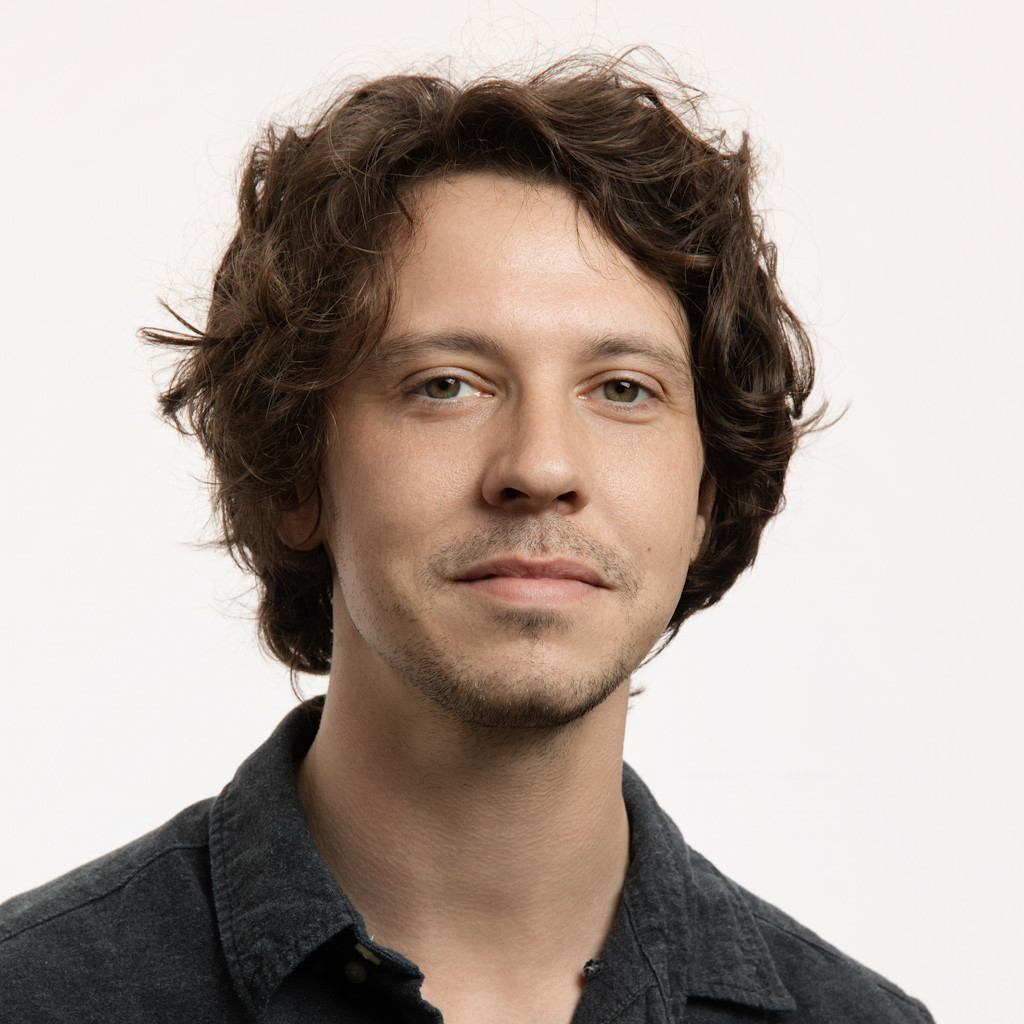
Entrepreneurs aim to inspire up-and-comers at Startup Week
By
Brett McKay
This year's Edmonton Startup Week includes a showcase of the intersection between health innovation and entrepreneurship, with two panelists who pitched their startups at previous Launch Party events.
Entrepreneurs in Action: The Journey from Startup to Scaleup and Beyond brings together three Edmonton innovators: Myrna Bittner, founder and CEO of RUNWITHIT Synthetics (RWI); Izabella Roth, CEO of Infinity Healthcare; and Dornoosh Zonoobi, vice-president of artificial intelligence for Exo Imaging. They will share their experiences and pass on tips to future founders.
Zonoobi pitched her startup, Medo AI, at Launch Party 9 in 2018, before it was acquired by Exo Imaging in July of this year. And Bittner pitched RWI at Launch Party 7, which was part of Edmonton Startup Week in 2016.
Since then, RWI has racked up many accomplishments, including receiving $900,000 from PrairiesCan to develop its modelling of clean-energy transition and winning the Electric Power Research Institute's Incubatenergy Labs Challenge for its work modelling the outcomes of a power outage during the COVID-19 pandemic.
Bittner said she's excited to be back at Startup Week to share her successes, and to encourage would-be entrepreneurs to step onto the path that led her to this stage.
"I'm hoping that (the panel) is a catalyst for inspiring other people who are in the early stages of being founders in the region, or considering being founders in the region, with some success stories," she told Taproot. "And I think there are three very powerful and distinct success stories that are going to be shared."
Health Cities is presenting the panel at TELUS World of Science on Oct. 19, moderated by Jeremy Deeks of CBRE Canada.







